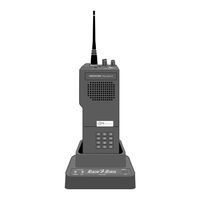Rain Bird Freedom System for Maxicom2 Manuals
Manuals and User Guides for Rain Bird Freedom System for Maxicom2. We have 2 Rain Bird Freedom System for Maxicom2 manuals available for free PDF download: User Manual, Instruction Manual
Rain Bird Freedom System for Maxicom2 User Manual (208 pages)
Brand: Rain Bird
|
Category: Control Systems
|
Size: 2 MB
Table of Contents
Advertisement
Rain Bird Freedom System for Maxicom2 Instruction Manual (46 pages)
a radio-operated system

